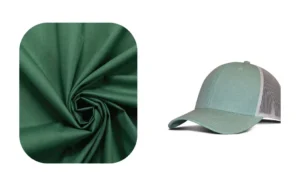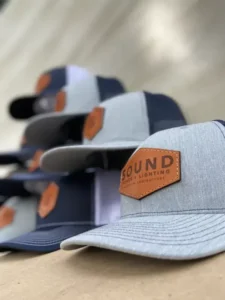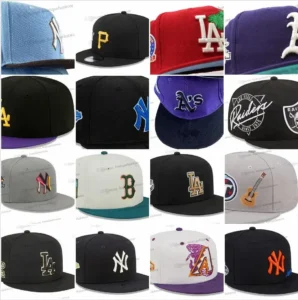Choosing the right fabric for your cap isn’t just about style — it defines comfort, durability, and even sustainability. Whether you’re hitting the trails, making a fashion statement, or representing your brand, fabric choice impacts your cap’s performance and appeal.
In summary, the best fabric for caps balances breathability, durability, comfort, and environmental impact, with cotton, polyester, and blends being top choices depending on use.
Imagine wearing your favorite cap on a sunny day. It’s not just shading your eyes; it’s keeping you cool and comfortable — or maybe it isn’t. What if that cap could do more, using the perfect fabric tailored just for your lifestyle? Let’s uncover which fabric really suits your caps best and why it matters more than you think.
1.What Are the Most Common Fabrics Used for Caps?
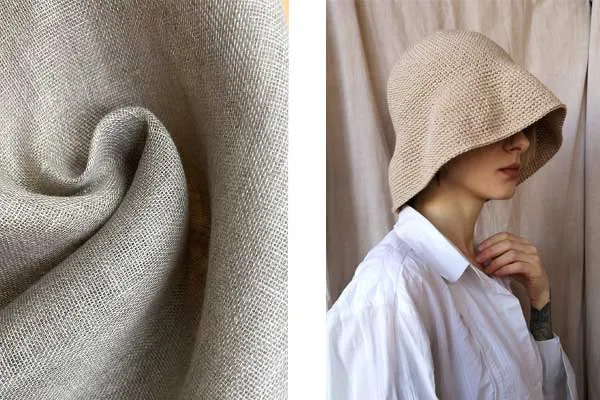
The most common cap fabrics include cotton, polyester, wool, nylon, and blends. Each fabric offers unique qualities affecting breathability, durability, and style.
- Cotton: Loved for softness and breathability, cotton is natural and comfortable but less moisture-wicking than synthetics. It’s ideal for casual and lifestyle caps.
- Polyester: Durable, lightweight, and moisture-wicking, polyester is favored for sports and performance caps. It also holds colors well for vibrant designs.
- Wool: Traditional for classic and winter caps, wool offers warmth but can be less breathable and heavier. It’s often blended for better comfort.
- Nylon: Lightweight and water-resistant, nylon is great for outdoor caps but may feel less natural on the skin.
- Blends: Combining cotton and polyester or wool blends often balances comfort, durability, and performance, enhancing cap versatility.
| Fabric | Key Qualities | Ideal Use |
|---|---|---|
| Cotton | Soft, breathable, natural, less moisture-wicking | Casual and lifestyle caps |
| Polyester | Durable, lightweight, moisture-wicking, colorfast | Sports and performance caps |
| Wool | Warm, traditional, less breathable, heavier | Classic and winter caps |
| Nylon | Lightweight, water-resistant, less natural feel | Outdoor caps |
| Blends | Balance comfort, durability, and performance | Versatile caps with mixed needs |
Consider how each fabric matches your cap’s intended use. For example, a trucker cap may prioritize breathability, while a fashion cap might focus on fabric texture and look. For custom orders tailored to your brand’s needs, Kinwin offers expert guidance on selecting the ideal fabric for your caps.
2.Which Fabric Offers the Best Breathability for Caps?
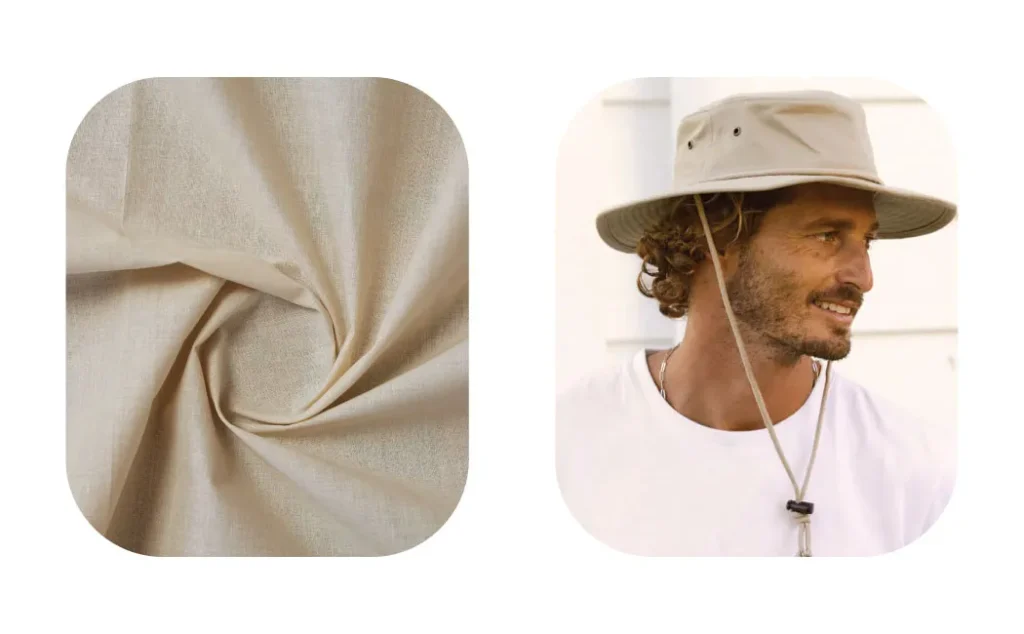
Cotton and mesh polyester fabrics are generally the best for breathability, helping keep your head cool and sweat-free.
- Natural vs Synthetic: Natural fibers like cotton have open weaves that allow air flow, but can absorb sweat rather than wick it away. Synthetic meshes enable moisture evaporation and airflow, making them great for active wear.
- Mesh Panels: Many caps use mesh fabric, typically polyester or nylon, on side or back panels to maximize ventilation without sacrificing structure.
- Fabric Weight and Weave: Lightweight fabrics with loose weaves breathe better. Tightly woven materials, while durable, restrict airflow and can trap heat.
- Moisture Management: Breathability pairs with moisture-wicking for full comfort. Fabrics that dry quickly prevent clamminess and irritation.
| Factor | Description | Impact on Breathability |
|---|---|---|
| Natural vs Synthetic | Cotton has open weave allowing airflow but absorbs sweat; synthetic mesh promotes evaporation | Cotton: airflow, less wicking; Mesh: better moisture evaporation |
| Mesh Panels | Polyester or nylon mesh on sides/back enhances ventilation without losing structure | Maximizes airflow and ventilation |
| Fabric Weight & Weave | Lightweight and loose weave fabrics breathe better; tight weaves restrict airflow | Loose weave = better breathability |
| Moisture Management | Quick-drying fabrics prevent clamminess and irritation | Combines breathability with comfort |
The right balance depends on your activity level and climate. Sports caps often combine mesh polyester with structured fronts, while casual caps lean toward cotton for softness. Kinwin can help you choose breathable fabrics customized to your market and user needs.
3.How Does Fabric Choice Affect Cap Durability and Comfort?
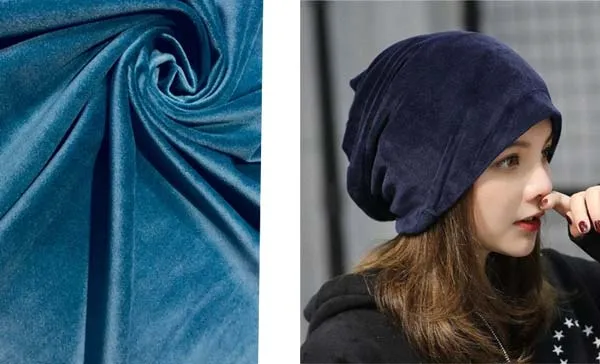
Fabric affects how long a cap lasts and how it feels on your head — from softness to stretch and sweat resistance.
- Durability Factors: Synthetic fabrics like polyester resist wear, stains, and fading better than natural fibers. Blends can improve tear resistance while maintaining comfort.
- Comfort Factors: Natural fabrics feel softer and less irritating, which matters for long wear. Fabric flexibility and stretch also influence fit and comfort.
- Sweat and Odor Resistance: Some fabrics include antimicrobial treatments or are naturally odor-resistant, enhancing freshness. Polyester often outperforms cotton in drying speed.
- Environmental Conditions: Outdoor caps require UV resistance and water repellency, which certain fabrics provide better. Wool blends keep warmth but may be less comfy in heat.
| Aspect | Description | Impact on Caps |
|---|---|---|
| Durability Factors | Synthetic fabrics like polyester resist wear, stains, and fading better than natural fibers. Blends improve tear resistance while keeping comfort. | Longer-lasting caps with fewer damages |
| Comfort Factors | Natural fabrics feel softer and less irritating for prolonged wear. Fabric stretch affects fit and comfort. | Enhanced comfort and better fit |
| Sweat and Odor Resistance | Some fabrics have antimicrobial treatments or natural odor resistance. Polyester dries faster than cotton. | Keeps caps fresh and dry |
| Environmental Conditions | Outdoor caps need UV protection and water repellency. Wool blends provide warmth but may be uncomfortable in heat. | Suitable for specific climates and uses |
Ultimately, comfort and durability often trade off, so your fabric choice should reflect your target use and wearer preferences. Kinwin’s advanced production lines ensure your caps balance these qualities perfectly for your customers.
4.Do Sustainable Fabrics Meet Quality Standards for Caps?
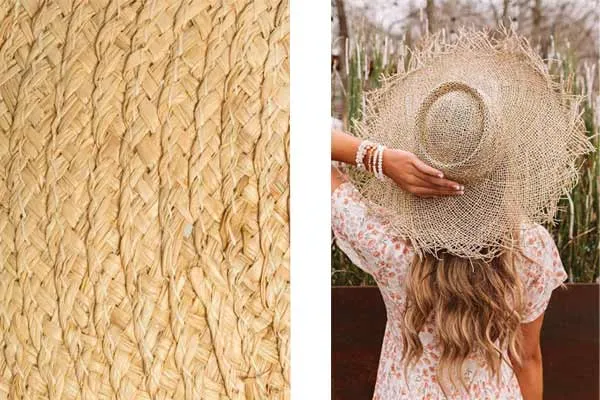
Sustainable fabrics like organic cotton, recycled polyester, and Tencel are increasingly used but must meet strict quality and performance criteria.
- Organic Cotton: Grown without harmful pesticides, it offers the softness of cotton with a smaller environmental footprint but can be pricier and less durable than conventional cotton.
- Recycled Polyester: Made from post-consumer plastics, it matches virgin polyester’s durability and moisture-wicking, making it ideal for eco-friendly active caps.
- Tencel and Lyocell: Plant-based fibers known for softness and breathability, though less common in cap manufacturing due to cost and availability.
- Certifications: OEKO-TEX, GOTS, and bluesign ensure sustainable fabrics meet safety, environmental, and quality standards. These certifications add credibility but may affect pricing.
- Consumer Demand: Eco-conscious consumers increasingly expect sustainability without sacrificing performance, pushing brands to innovate fabric blends and treatments.
| Sustainable Fabric | Key Features | Quality and Market Considerations |
|---|---|---|
| Organic Cotton | Soft, grown without harmful pesticides, smaller environmental impact | Less durable and pricier than conventional cotton |
| Recycled Polyester | Made from post-consumer plastics, durable, moisture-wicking | Matches virgin polyester performance, ideal for active caps |
| Tencel & Lyocell | Plant-based, soft, breathable | Less common due to higher cost and availability |
| Certifications | OEKO-TEX, GOTS, bluesign ensure safety, environmental and quality standards | Boosts brand credibility, may increase costs |
| Consumer Demand | Growing preference for eco-friendly fabrics without performance loss | Drives innovation in fabric blends and treatments |
Choosing sustainable fabrics requires balancing cost, performance, and eco-values. Kinwin supports brands with sustainable sourcing and helps you create caps that honor the planet while delighting customers.
5.Is Polyester or Cotton Better for Different Cap Styles?
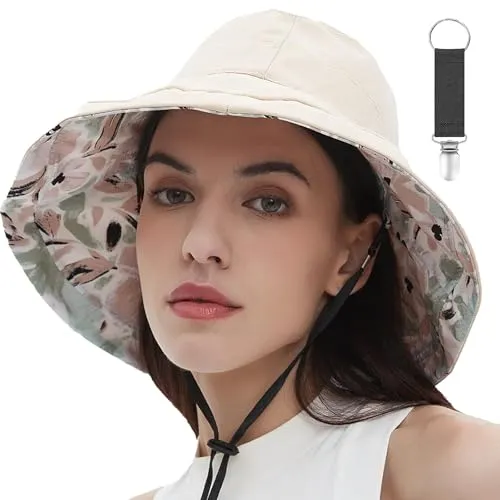
Polyester suits active, performance-driven caps, while cotton excels in casual, lifestyle styles — but blends often offer the best of both worlds.
- Polyester Benefits: Quick drying, colorfast, durable, and moisture-wicking — ideal for sports, outdoor, and promotional caps. It resists shrinking and wrinkles.
- Cotton Benefits: Natural softness, breathable, and hypoallergenic — great for fashion caps, casual wear, and urban styles seeking comfort and a classic look.
- Blended Fabrics: Combining cotton with polyester enhances wrinkle resistance, durability, and moisture control while maintaining softness.
- Design Flexibility: Polyester holds prints and colors better, enabling bold designs. Cotton offers a matte finish and vintage appeal.
- User Preference: Younger, active users prefer polyester blends; older or casual wearers lean toward cotton for comfort.
| Fabric Type | Key Benefits | Ideal Cap Styles |
|---|---|---|
| Polyester | Quick drying, colorfast, durable, moisture-wicking, resists shrinking and wrinkles | Sports, outdoor, and promotional caps |
| Cotton | Natural softness, breathable, hypoallergenic | Fashion, casual, and urban lifestyle caps |
| Blended Fabrics | Combines cotton softness with polyester durability and wrinkle resistance | Versatile caps balancing comfort and performance |
| Design Flexibility | Polyester holds vibrant prints; cotton offers matte, vintage look | Supports varied design aesthetics |
| User Preference | Younger, active users prefer polyester blends; casual wearers prefer cotton | Matches user demographics and use cases |
Selecting the right fabric is also about brand identity and consumer expectations. Kinwin provides tailored fabric options to match your cap styles and market trends seamlessly.
6.Are There Industry Certifications for High-Quality Cap Fabrics?
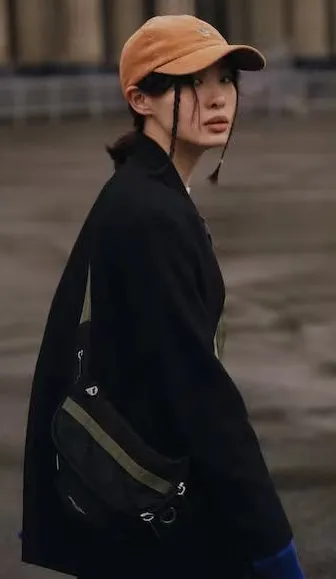
Yes, certifications like OEKO-TEX Standard 100, GOTS, and bluesign verify fabric safety, environmental standards, and product quality for caps.
- OEKO-TEX Standard 100: Ensures textiles are free from harmful chemicals, reassuring customers about safety.
- Global Organic Textile Standard (GOTS): Covers organic fiber sourcing and environmentally friendly production practices.
- bluesign: Focuses on sustainable chemical use and environmental impact reduction in manufacturing.
- Impact on Marketability: Certified fabrics improve brand trust and open access to eco-conscious markets and premium segments.
- Quality Assurance: Certifications often require testing for durability, colorfastness, and performance, which helps reduce returns and complaints.
| Certification | Focus Area | Benefits for Cap Fabrics |
|---|---|---|
| OEKO-TEX Standard 100 | Ensures textiles free from harmful chemicals | Guarantees safety, builds customer trust |
| Global Organic Textile Standard (GOTS) | Organic fiber sourcing and eco-friendly production | Supports sustainability and environmental responsibility |
| bluesign | Sustainable chemical use and reduced environmental impact | Enhances eco-conscious brand image |
| Marketability Impact | Certified fabrics improve brand credibility | Opens access to eco-friendly and premium markets |
| Quality Assurance | Testing for durability, colorfastness, performance | Reduces returns and enhances product quality |
Choosing certified fabrics aligns your caps with global standards and customer expectations. Kinwin partners with certified material suppliers to guarantee high-quality, compliant products for your brand.
Final Thoughts
Selecting the best fabric for caps requires understanding your customers’ needs, cap style, usage scenarios, and sustainability goals. Whether you prioritize breathability for activewear, softness for fashion caps, or eco-friendly materials, there’s an ideal fabric choice.
Ready to create custom caps with perfect fabric solutions tailored for your brand? Contact Kinwin today for expert advice and premium customization services. Let us help you bring your vision to life with durable, stylish, and sustainable caps made with precision and care.



